44 is potassium required on nutrition labels
How To Read Nutrition Labels vs Supplement Labels Next to the nutrient, you will notice a number along with the metric measurement (grams or mcg, mg, etc.). The number listed is how much of that nutrient is included in a serving. For instance, you'll notice on the ProT Gold nutrition label that it includes 17.5g of total protein per serving. Note that this is per serving, not per container. Why Isn T Potassium Listed On Nutrition Labels Zinc (Z) shortage in the body lowers immunity and also the functioning of the nervous system as well as brain. Prolonged magnesium (Mg) shortage causes a degeneration in the functioning of the heart, which can cause a heart attack or stroke. Lack of coenzyme (Q10) causes a decrease in the degree of ATP in the body, leading to an individual ...
How Do You Know Your Food's Nutrition Facts Label Is Accurate? NIST's measurements are accurate to within 2% to 5% for nutrient elements (such as sodium, calcium and potassium), macronutrients (fats, proteins and carbohydrates), amino acids and fatty acids. As you may have noticed, most of your favorite food items have recently updated their nutrition facts labels.

Is potassium required on nutrition labels
Potassium - Nutrition Facts Labels Explained by MyFoodDiary Potassium - Nutrition Facts Labels Explained by MyFoodDiary Removing sodium from the body, which can reduce fluid retention and lower blood pressure. Reducing the amount of calcium excreted in the urine, which may reduce the risk of kidney stones and osteoporosis (porous bones). Understanding Food Labels | The Nutrition Source | Harvard T ... All FOP labels in the U.S. are voluntary, which allows food manufacturers to highlight or hide the nutrition information they choose to help promote or preserve sales. If warning labels became mandatory, as public health advocates propose, the pressure on manufacturers would increase to change certain products to improve their nutritional quality. 12 Potassium Rich Foods You Can Enjoy On Keto Aug 17, 2019 · Low levels of potassium have been connected with high blood pressure, heart disease and stroke. According to the National Health and Nutrition Examination Survey (NHANES), a diet high in potassium from whole food sources may lower blood pressure by lessening the effect of sodium, which can raise blood pressure in high concentrations[*].
Is potassium required on nutrition labels. New Nutrition Label Requirements for Packaged Food in 2021 The U.S. Food and Drug Administration announced the new requirements for food labels in September 2019, which should provide consumers with more relevant information. Most companies initially updated their nutrition labels back in 2016. ... it has now become compulsory to add vitamin D and potassium content on the nutrition label. Insufficient ... How to Understand and Use the Nutrition Facts Label | FDA Feb 25, 2022 · Many Nutrition Facts labels on the market will be formatted in the same way as the lasagna label that has been used as an example throughout this page, but there are other formats of the label ... Understanding Ingredients on Food Labels | American Heart ... Mar 06, 2017 · Food labels are an important source of information about calories and the nutritional value of the foods you eat, a crucial tool in building a heart-healthy diet. The Nutrition Facts information is always displayed in the same orderly fashion and helps you understand how much of certain nutrients that you need to limit are contained in the ... How to Read Nutrition Labels | Eat Smarter USA 3. Recognize the good stuff. Another easy way to help pick healthy options is to pay attention to the dietary fiber, vitamin D, calcium, iron, and potassium counts on nutrition labels. These nutrients are really beneficial to our daily diets, so the higher the count, the more good stuff you are putting in your body.
Food Labels and Potassium - Kidney Diet Tips Listing potassium on food labels is optional for food manufacturers. Dialysis patients be aware that just because potassium is not listed on the label, it does not mean the food is potassium free. Potassium is plentiful in milk, meats, fruits, vegetables, beans and nuts. If these ingredients are in the food, it contains potassium. Learn How the Nutrition Facts Label Can Help You Improve Your Health Nutrients Required on Label Vitamin D and potassium values are required. Calcium and iron will continue to be required. Vitamins A and C will no longer be required but can be included on a voluntary basis. Slight Decrease in Sodium Allowance The daily limit for sodium decreased slightly from 2,400 mg per day to 2,300 mg per day. Nutrition Facts table formats - Food labels - Canadian Food ... The Nutrition Facts table is not required to occupy more than 15% of the available display surface (ADS) of a package, except in the case of smaller packages. For information on calculating the ADS of the package, see the Available display surface page. When calculating the space occupied by the Nutrition Facts table, remember the following 3 ... Reading and understanding the Nutrition Facts Label for health Nutrition Facts Labels include nutrients we should limit such as fat, saturated fat, trans fats, cholesterol, sodium and added sugar. They also list nutrients important to include in a healthy diet including dietary fiber, vitamin D and minerals such as calcium, potassium and iron. The old label required vitamin A and C to be included which are ...
Get to know the new Nutrition Facts label - Mayo Clinic Vitamin D, potassium, calcium and iron are required on the new label. Vitamin D and potassium are new additions, because research suggests that Americans don't always get enough of these nutrients. Vitamin A and vitamin C deficiencies are rare today, so they are optional on the new label. Food labels often missing potassium content | Reuters The U.S. Food and Drug Administration (FDA) currently requires sodium to be listed on nutrition facts, but potassium labeling is optional. "The declaration of potassium is only mandatory when a... According to nutrition labeling laws what two vitamins must be listed? Vitamin D, calcium, iron, and potassium are the four vitamins and minerals that must be stated on every revised Nutrition Facts label. While calcium and iron were previously essential, vitamin D and potassium have now been added to the list, replacing vitamins A and C. On a food label, which of these is required? Daily Value on the New Nutrition and Supplement Facts Labels Feb 25, 2022 · See below for a side-by-side comparison of the information on the original and new Nutrition Facts labels. (If product serving size and amount of nutrient stayed the same) For the nutrients with ...
Potassium and the Nutrition Facts Label This is because, as of now, food manufacturers aren't required to include potassium on their labels - unless a product is making a specific, potassium-related health claim. In the United States, this has the potential to change in the coming months.
Food Labels | CDC - Centers for Disease Control and Prevention All the numbers on this label are for a 2/3-cup serving. This package has 8 servings. If you eat the whole thing, you are eating 8 times the amount of calories, carbs, fat, etc., shown on the label. Total Carbohydrate shows you types of carbs in the food, including sugar and fiber. Choose foods with more fiber, vitamins, and minerals.
Nutrition Labels 101: What's Required? What's Optional? Vitamins A and C will no longer be required on the FDA's Nutrition Facts labels (though manufacturers may still include them if they choose), while Vitamin D and Potassium will now be required. The percent of the daily value is expressed in 2% increments from 2-10% of the daily value; in 5% increments from 10 to 50% of the daily value; and in ...
What vitamins are required on the nutrition label? While calcium and iron will still be needed on Nutrition Facts labels, the public health nutrients will be stated in the following order: Vitamin D, calcium, iron, and potassium, along with the actual gram amount and percent DV.
Nutrition Facts Labeling — FDA Reader The requirements for nutrition labels may vary depending on: Food package size. Claims made about the product, its ingredients, and health benefits ... "Added Sugars" are now required to be included on the label. Listings of Vitamin D and Potassium are required. Actual amounts must be present for Vitamin D, Calcium, Iron, Postassium,
The Importance of Food Labels | Requirements for Packaging Sep 07, 2018 · Nutrition/Dietary Advice. Since 2016, it has been a legal requirement for food production companies to display nutritional information on the back of all pre-packaged food. As well as ensure you fulfil your legal responsibilities, nutritional information can help consumers to lead healthier, longer lives.
How to Read the New Food Label - The Johns Hopkins Patient Guide to ... Vitamin D, calcium, iron, and potassium are the vitamins/minerals that are required on the new food label. Vitamins A and C are no longer required because the risk of deficiency is low. Higher amounts of potassium can be beneficial to help lower blood pressure. People with kidney disease may need to monitor or decrease potassium.
PDF Food Labels and Potassium - American Kidney Fund Potassium is not always listed on food labels, so be sure to check the ingredient list. CaloriesCheck here to find out how many calories are in one serving of the food or drink. If you eat two servings of a food, you are having twice as many calories. Tracking your calories can help you keep a healthy weight. How to Read a Food Label
Changes to the Nutrition Facts Label | FDA - U.S. Food and Drug ... Vitamin D and potassium are required on the label. Calcium and iron will continue to be required. Vitamins A and C are no longer required but can be included on a voluntary basis.
Nutrition Facts Label - IFT.org - Institute of Food Technologists Potassium. How to Use the Nutrition Facts Label Serving Size and Servings Per Container. ... Therefore, listing the amount of these nutrients in the food is required on the nutrition facts label. The new rule for dietary fiber limits the type of isolated or synthetic non-digestible carbohydrate(s) that can be considered as dietary fiber, and ...
Potassium Chloride Renamed on FDA Food Labels - LabelCalc According to the FDA food labeling industry guideline draft, potassium chloride will now be cited as "potassium chloride salt" in the ingredient list on product labels. These new labeling rules would serve to educate the consumer of the sources of sodium within the food products they consume so they are able to make a conscious effort to ...
Your Guide to the New Food Label | National Kidney Foundation Potassium and phosphorus may be listed as percent daily values, but it is not required. (Starting in 2018, manufacturers will be required to list potassium.) If potassium and phosphorus are not listed, it does not mean that they are not in that food.
Labeling Potassium | Labeling & Compliance | ESHA Research Currently, potassium is a voluntary label nutrient, and need only be listed on the Nutrition Facts label if a claim is made about it on the product package. If the proposed change passes, food companies will be required to report the potassium content per serving in most of their products. So, why the new interest in potassium?
Food labeling: MedlinePlus Medical Encyclopedia VITAMINS AND MINERALS Vitamin D, calcium, iron, and potassium are the only micronutrients required to be on the food label. Food companies can voluntarily list other vitamins and minerals in the food. PERCENT DAILY VALUE (% Daily Value) Many nutrients include a percent daily value (%DV).
Potassium - Health Professional Fact Sheet - National Institutes of Health The DV for potassium is 4,700 mg for adults and children age 4 years and older [ 17 ]. FDA requires the new food labels to list potassium content. Foods providing 20% or more of the DV are considered to be high sources of a nutrient, but foods providing lower percentages of the DV also contribute to a healthful diet.
Why do nutrition facts labels leave out some nutrients? - Quora Answer (1 of 4): The FDA has the following to say about the subject in its food labelling regulation FAQ: > 7. Why are vitamin D and potassium being added to the Nutrition Facts label? Vitamin D and potassium are nutrients Americans don't always get enough of, according to nationwide food cons...
12 Potassium Rich Foods You Can Enjoy On Keto Aug 17, 2019 · Low levels of potassium have been connected with high blood pressure, heart disease and stroke. According to the National Health and Nutrition Examination Survey (NHANES), a diet high in potassium from whole food sources may lower blood pressure by lessening the effect of sodium, which can raise blood pressure in high concentrations[*].
Understanding Food Labels | The Nutrition Source | Harvard T ... All FOP labels in the U.S. are voluntary, which allows food manufacturers to highlight or hide the nutrition information they choose to help promote or preserve sales. If warning labels became mandatory, as public health advocates propose, the pressure on manufacturers would increase to change certain products to improve their nutritional quality.
Potassium - Nutrition Facts Labels Explained by MyFoodDiary Potassium - Nutrition Facts Labels Explained by MyFoodDiary Removing sodium from the body, which can reduce fluid retention and lower blood pressure. Reducing the amount of calcium excreted in the urine, which may reduce the risk of kidney stones and osteoporosis (porous bones).

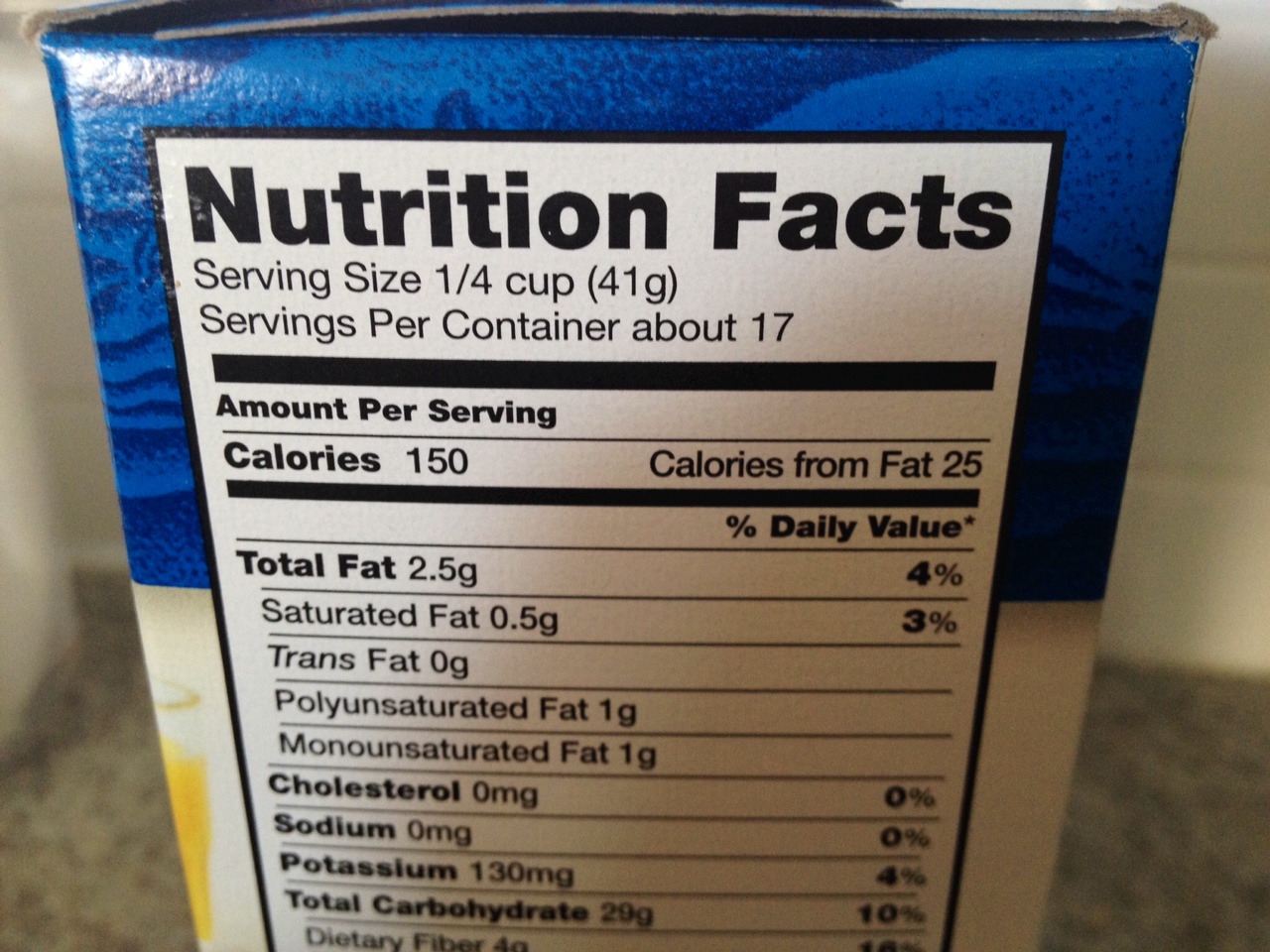
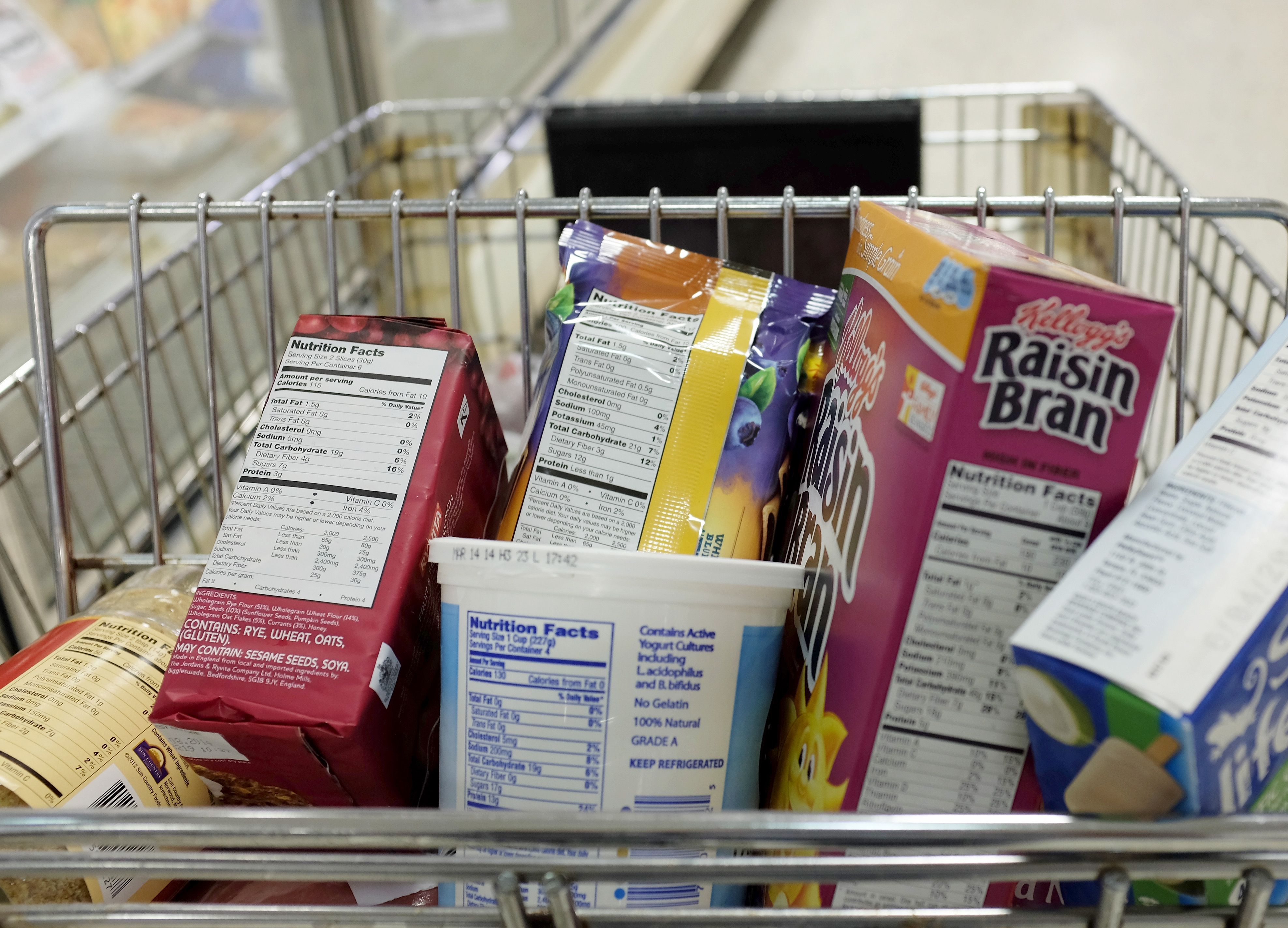
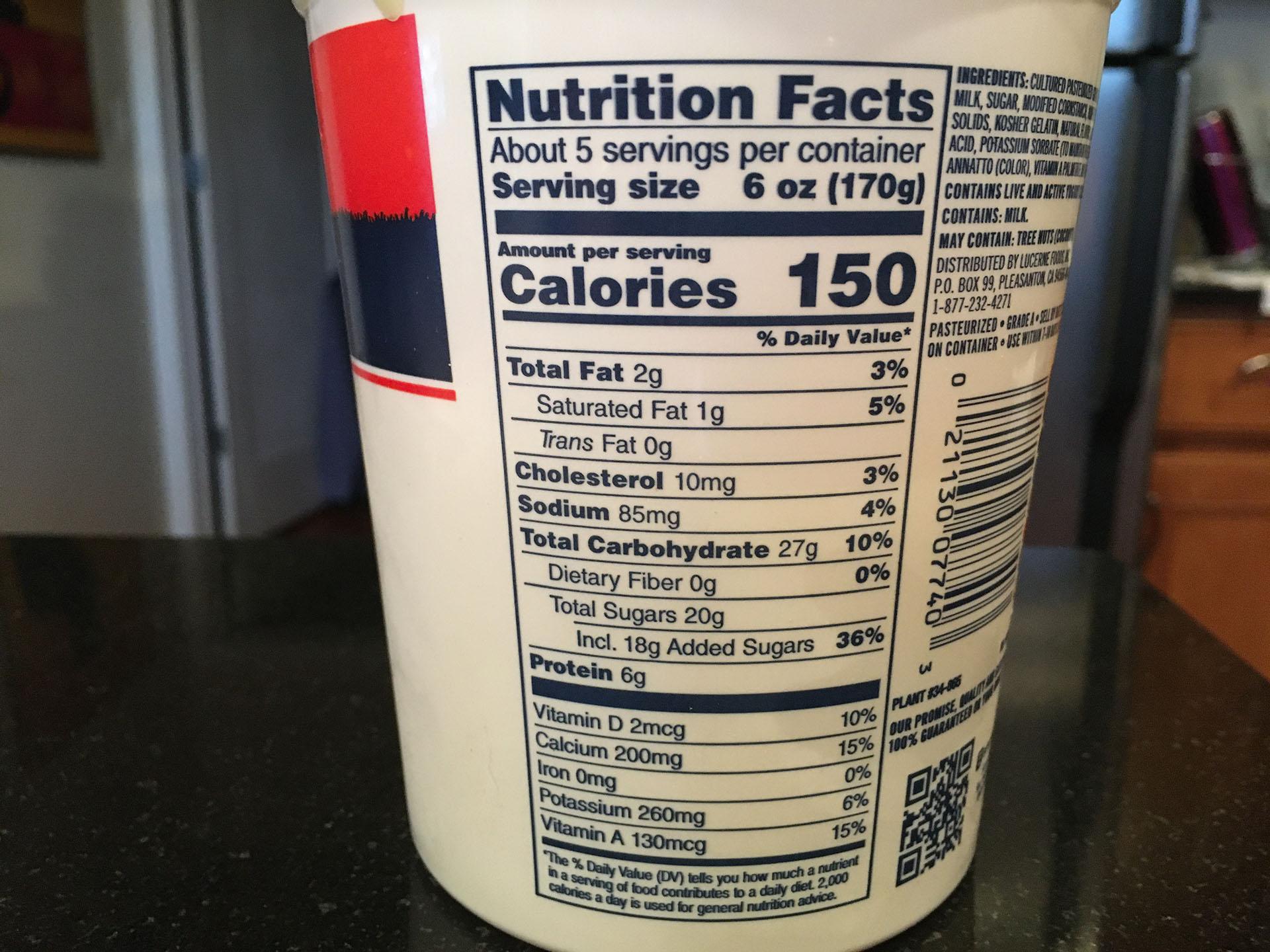


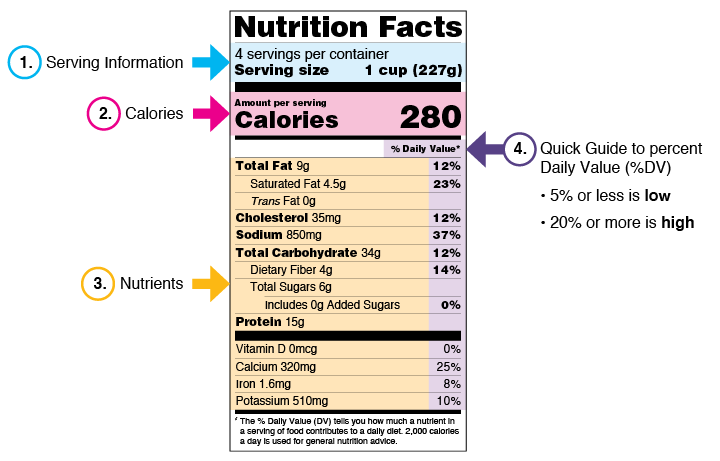
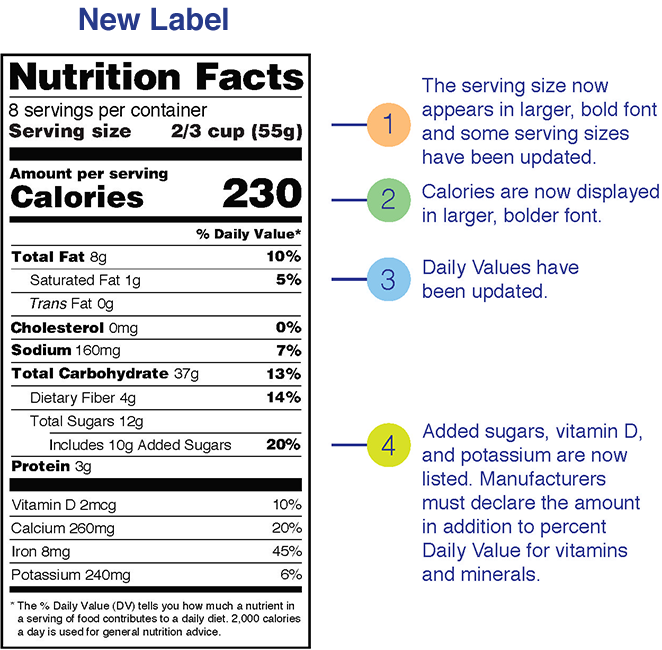

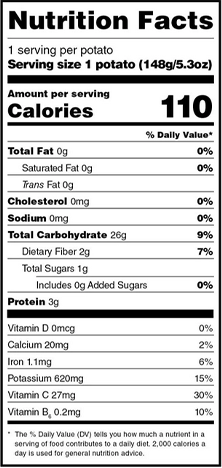
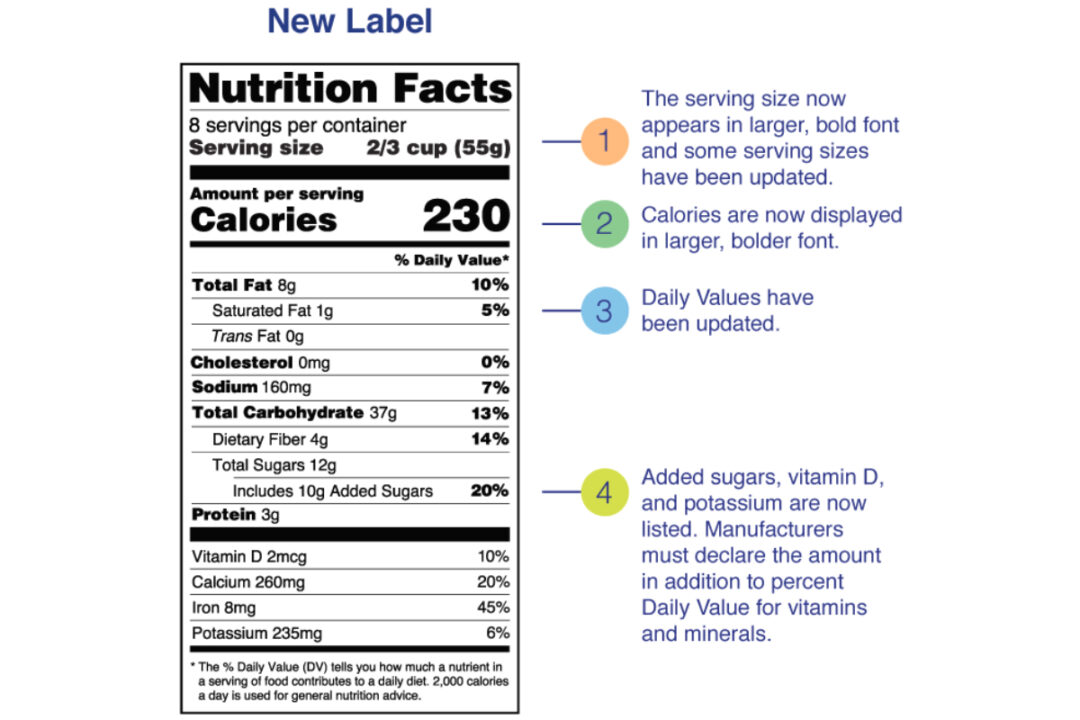

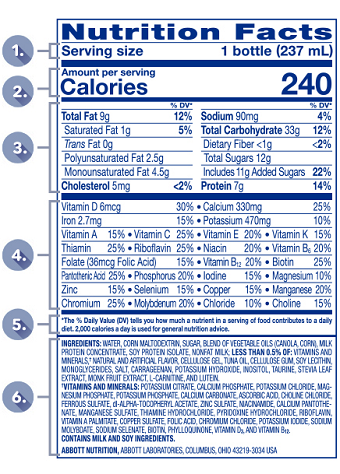
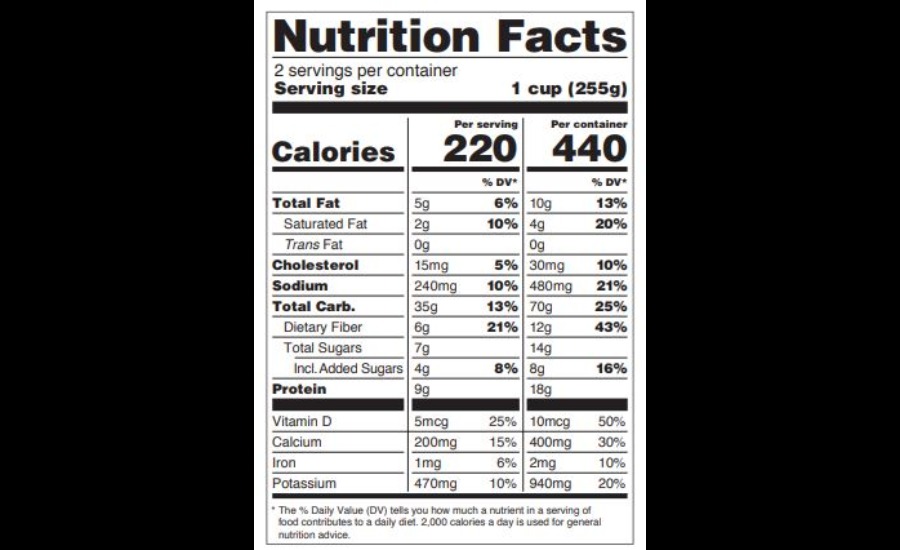
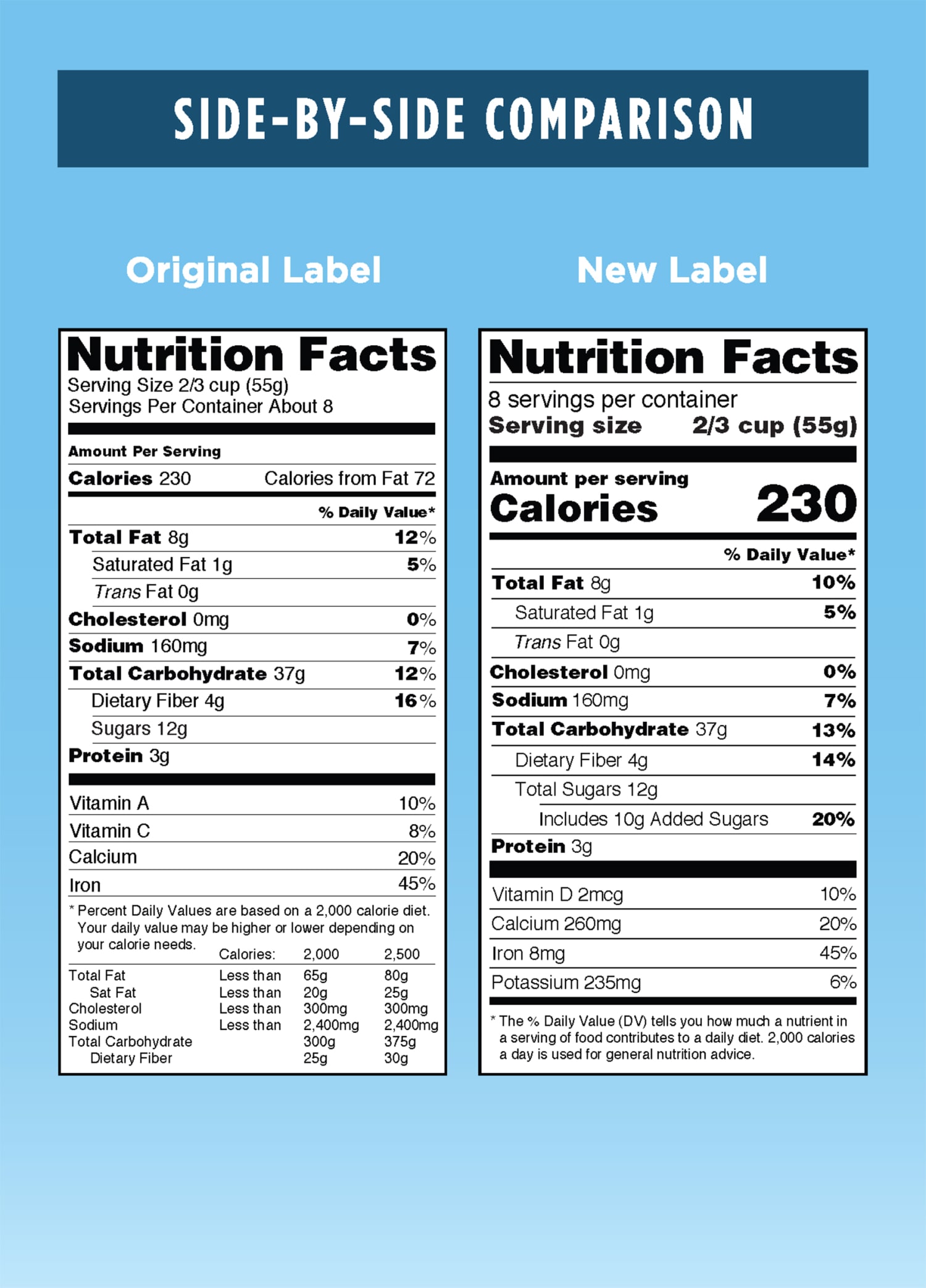
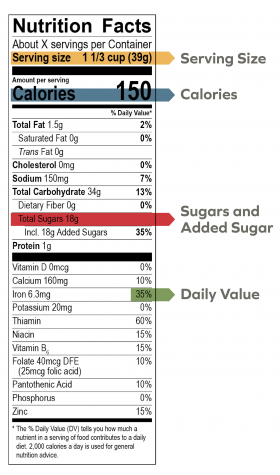
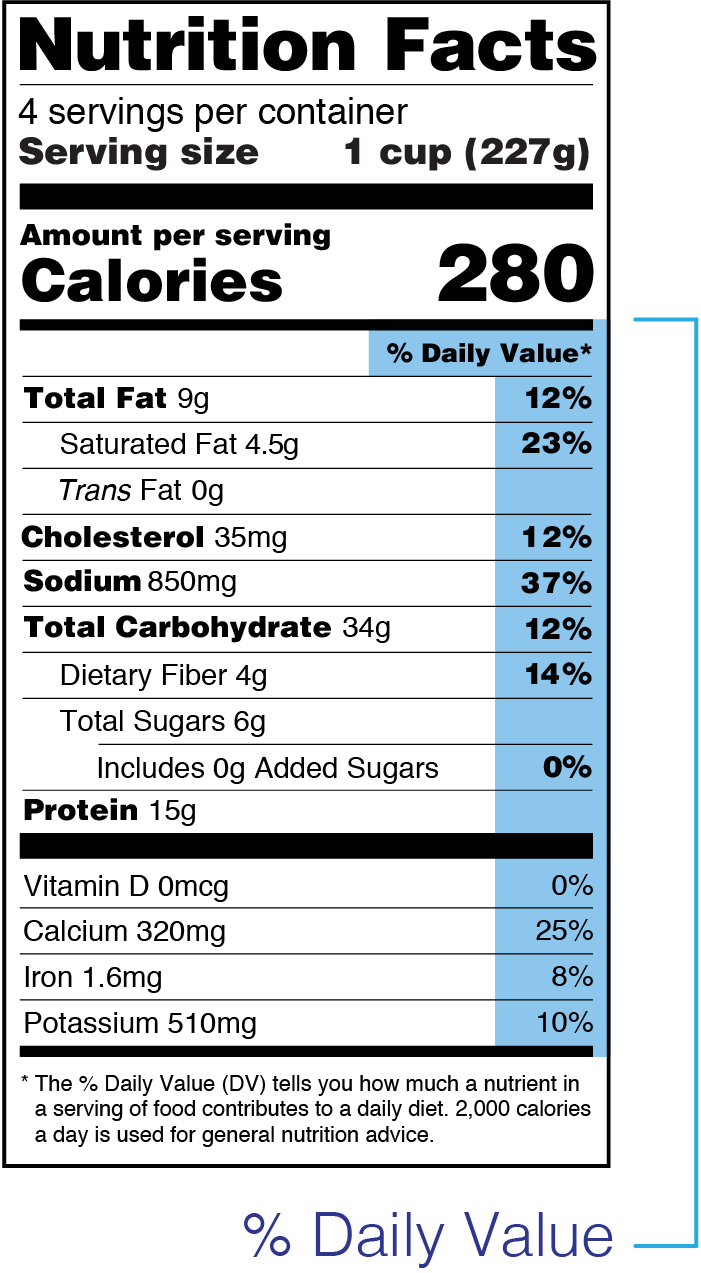
:no_upscale()/cdn.vox-cdn.com/uploads/chorus_asset/file/3945448/nutrition-label-changes.0.png)
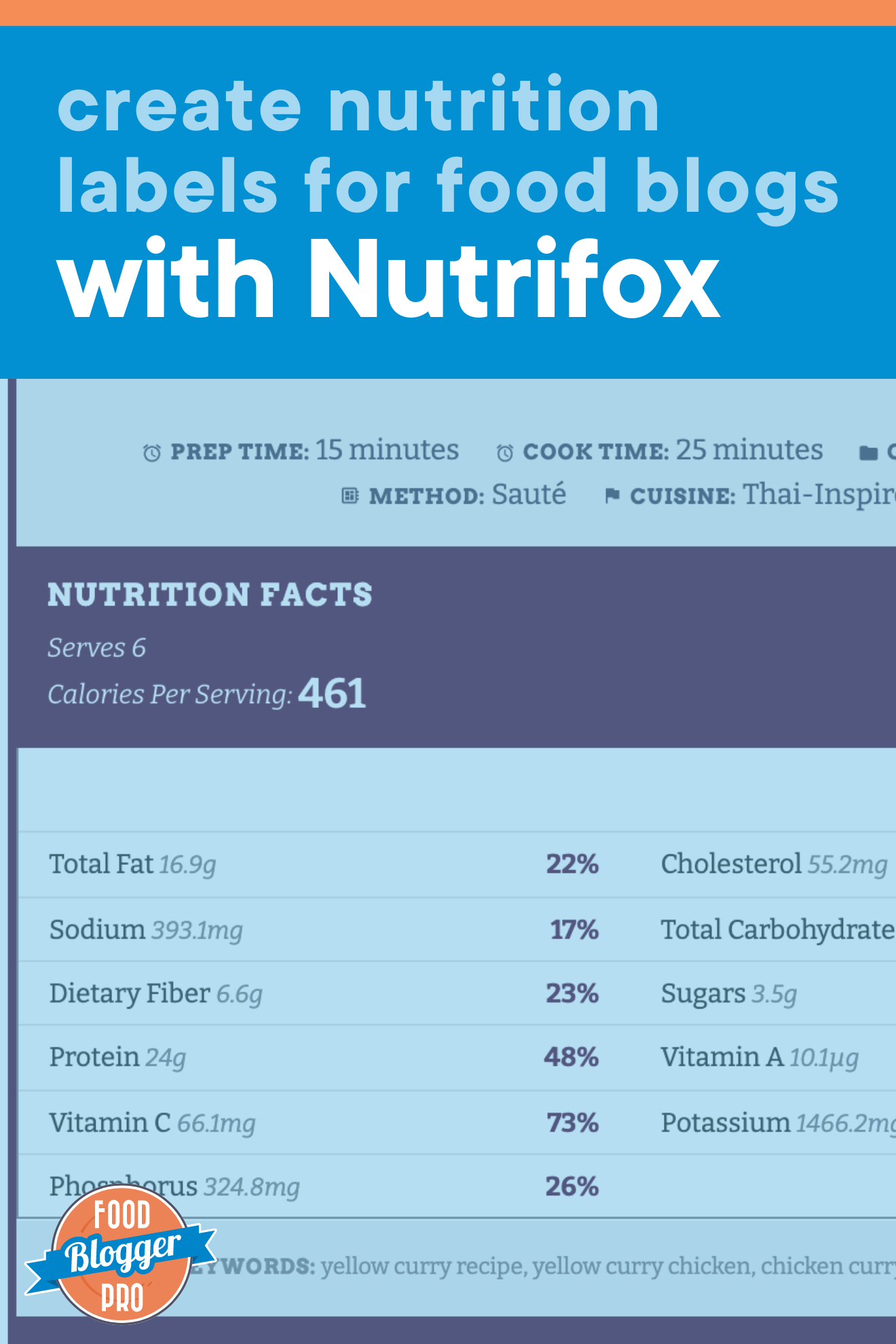

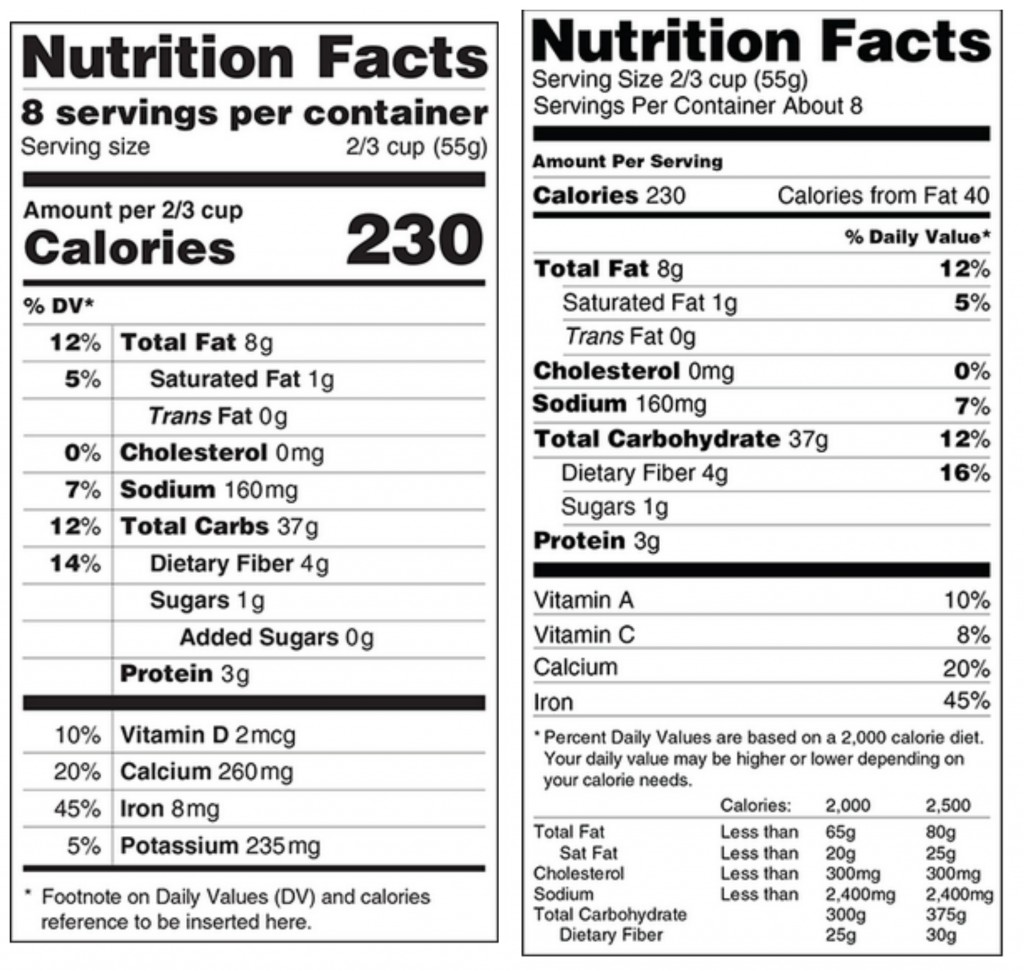

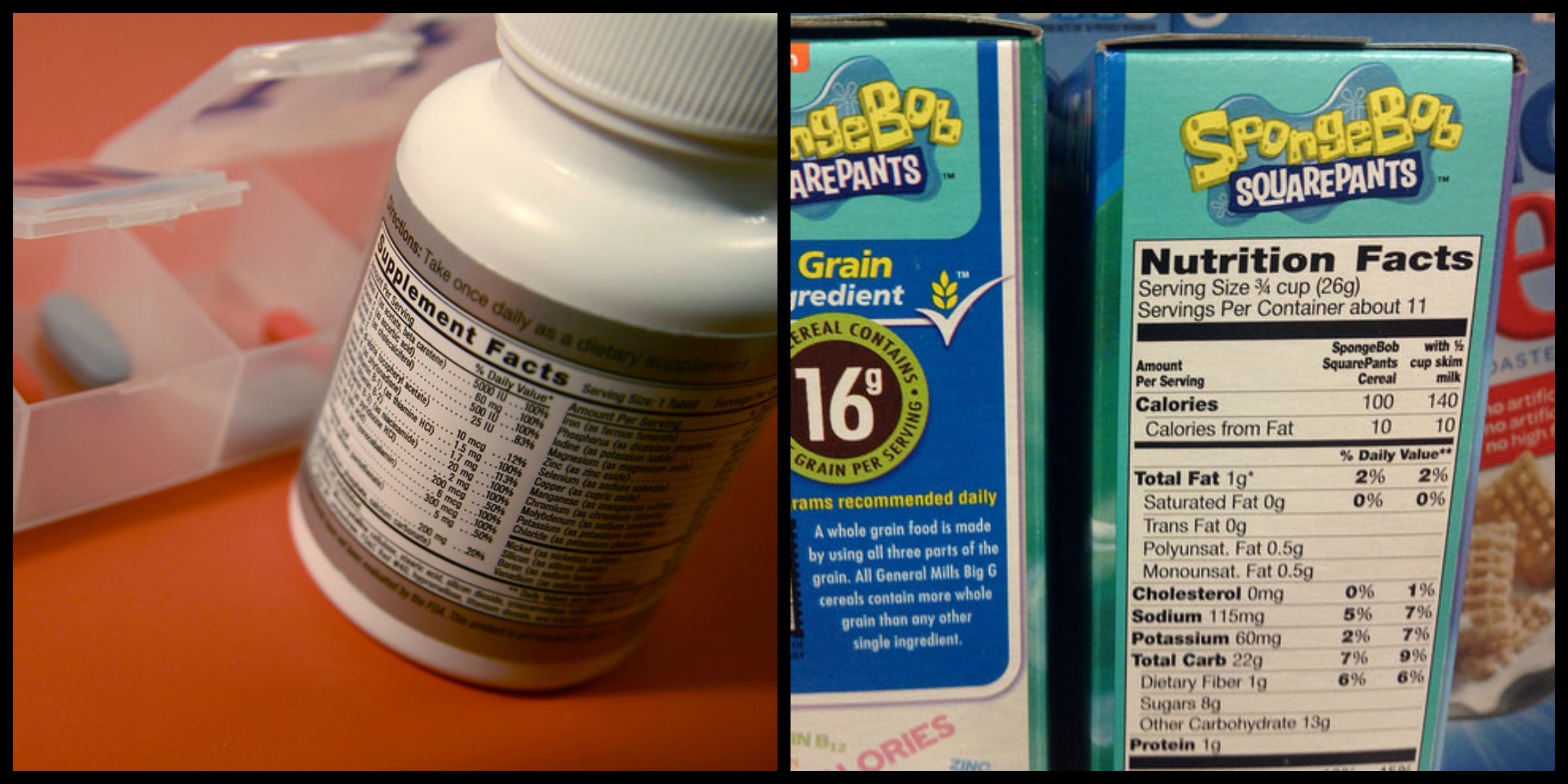



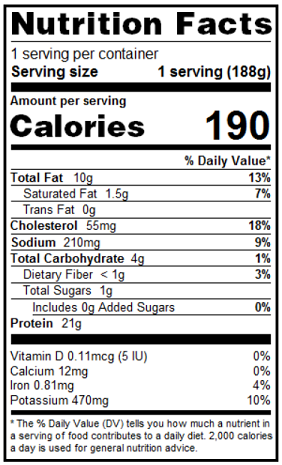
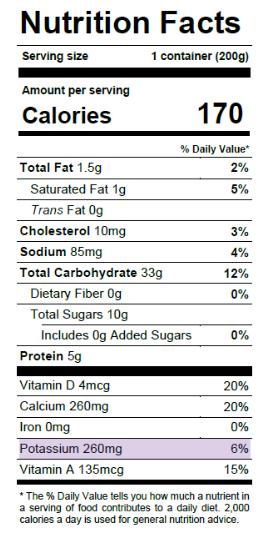
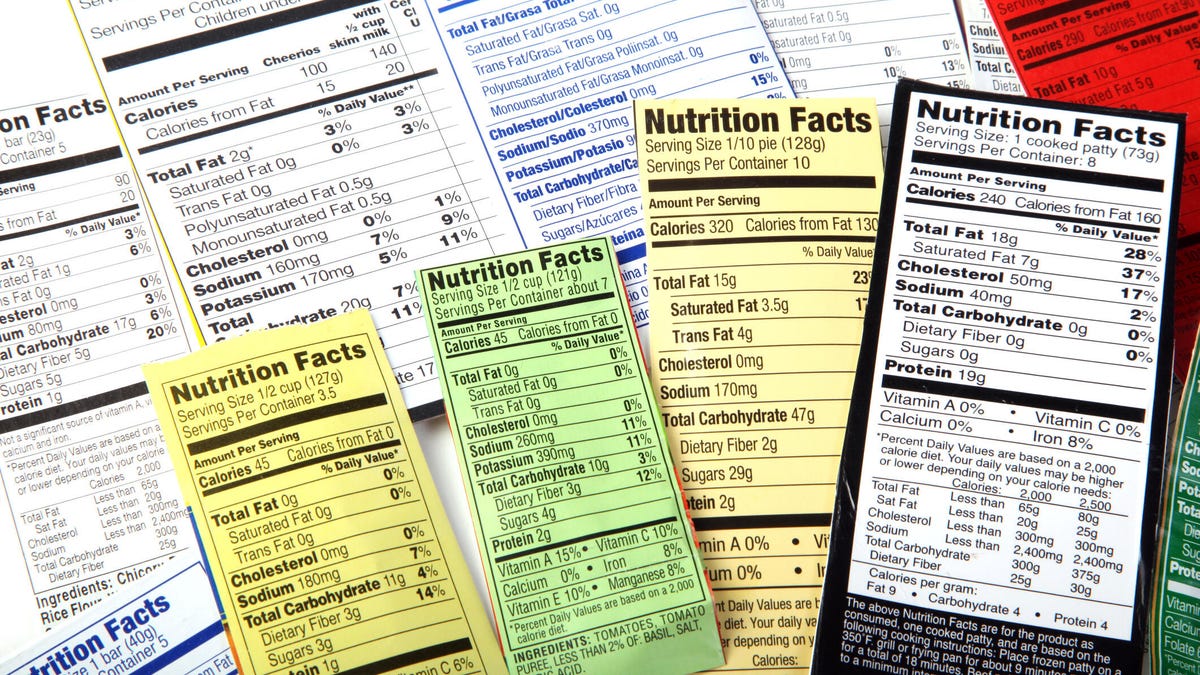


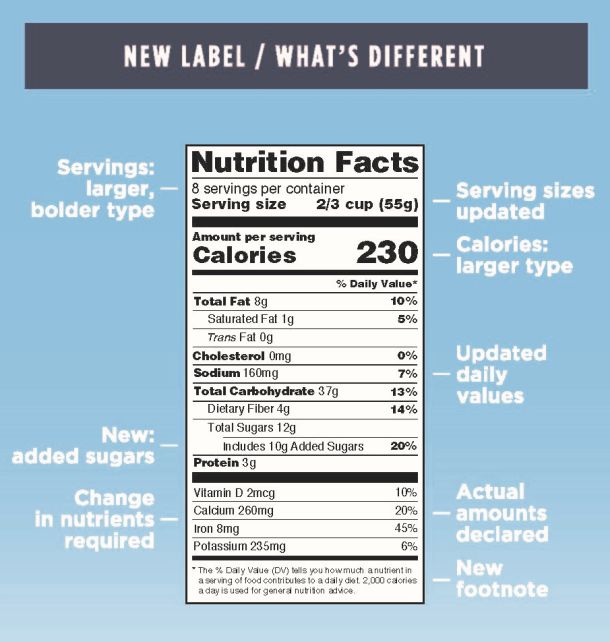
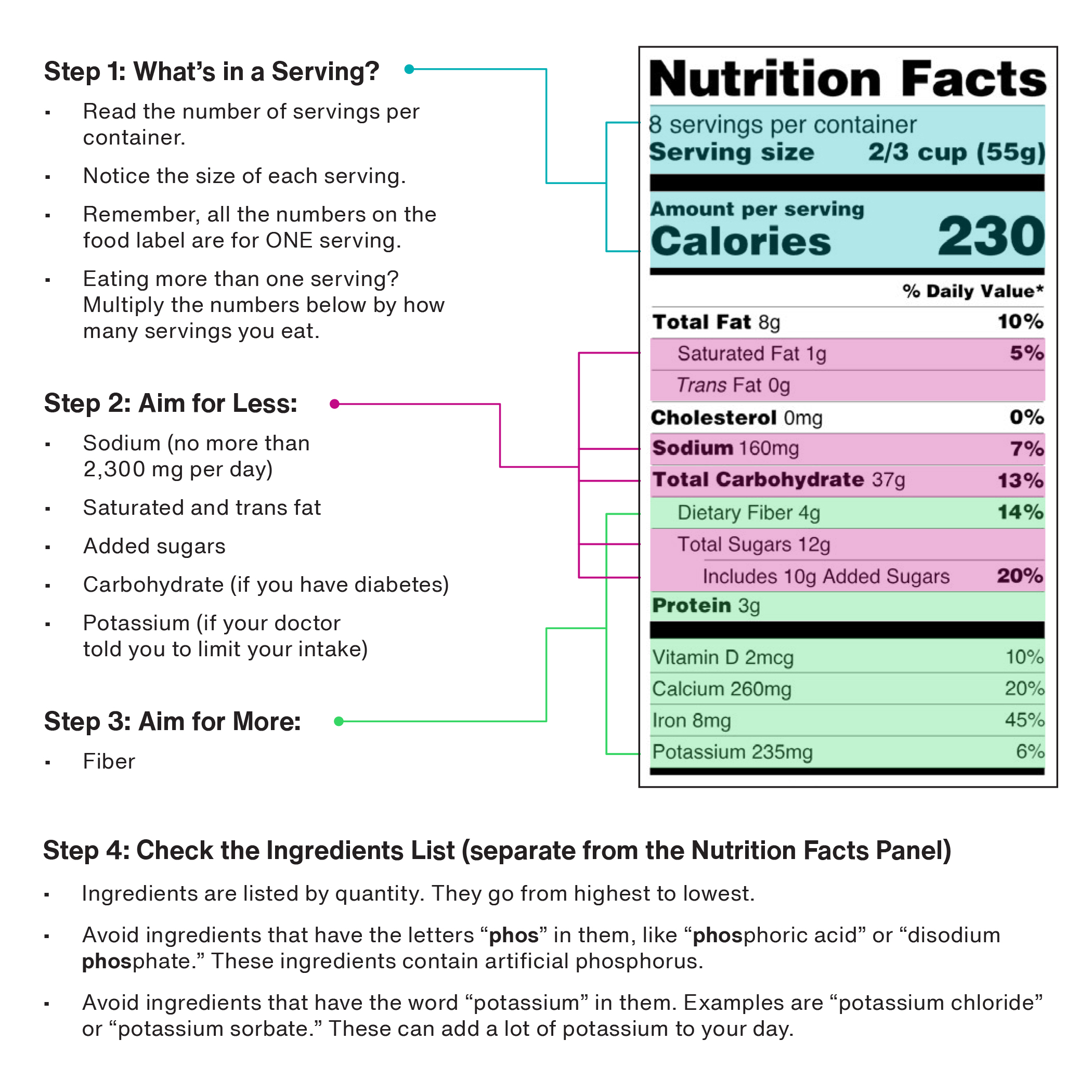


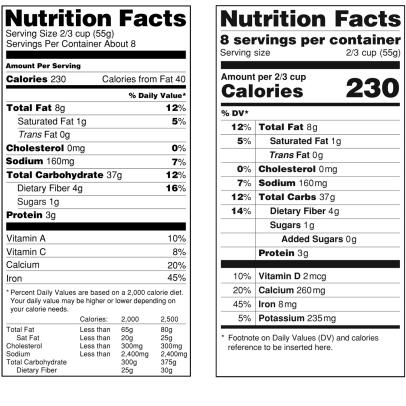
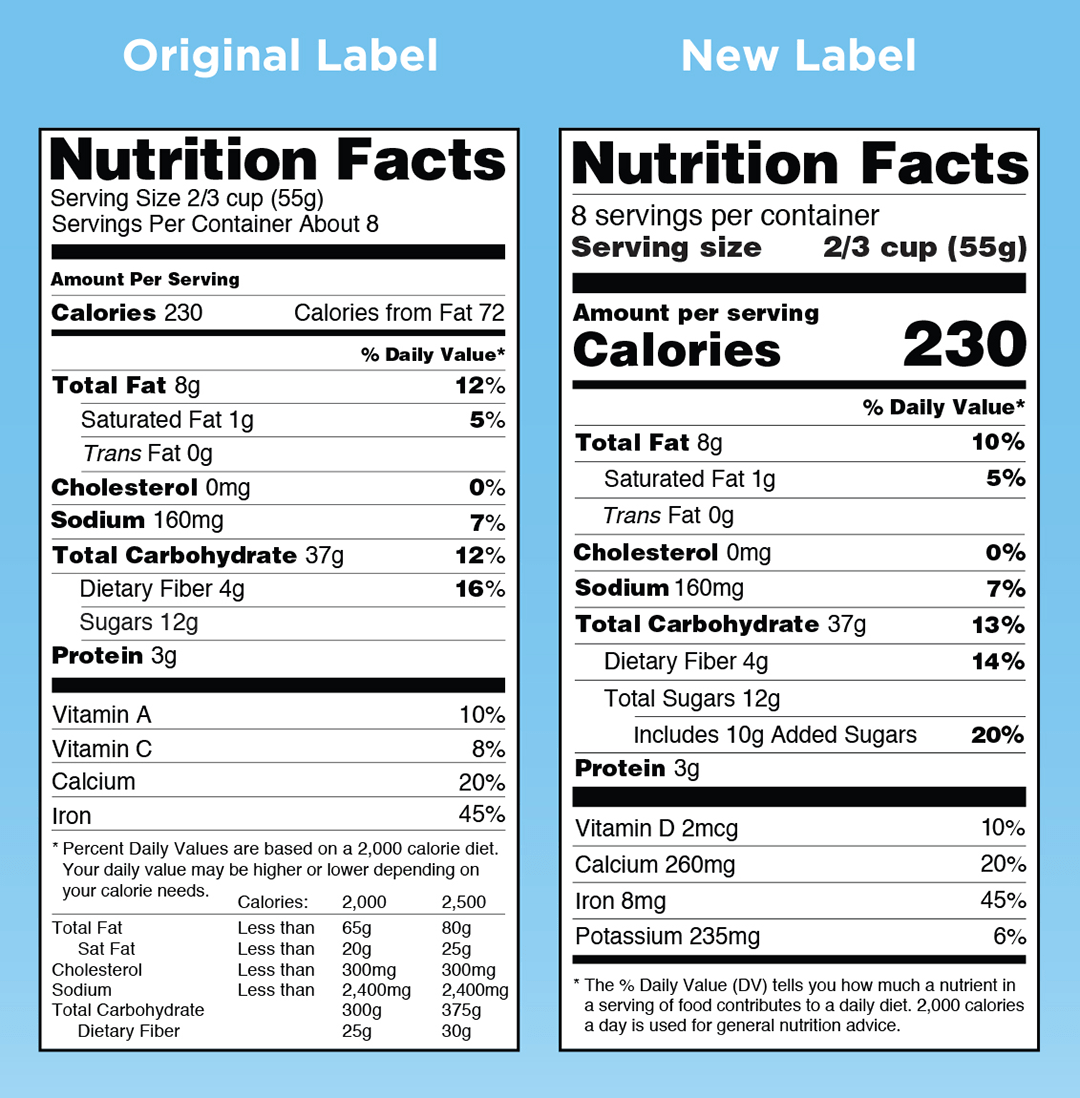
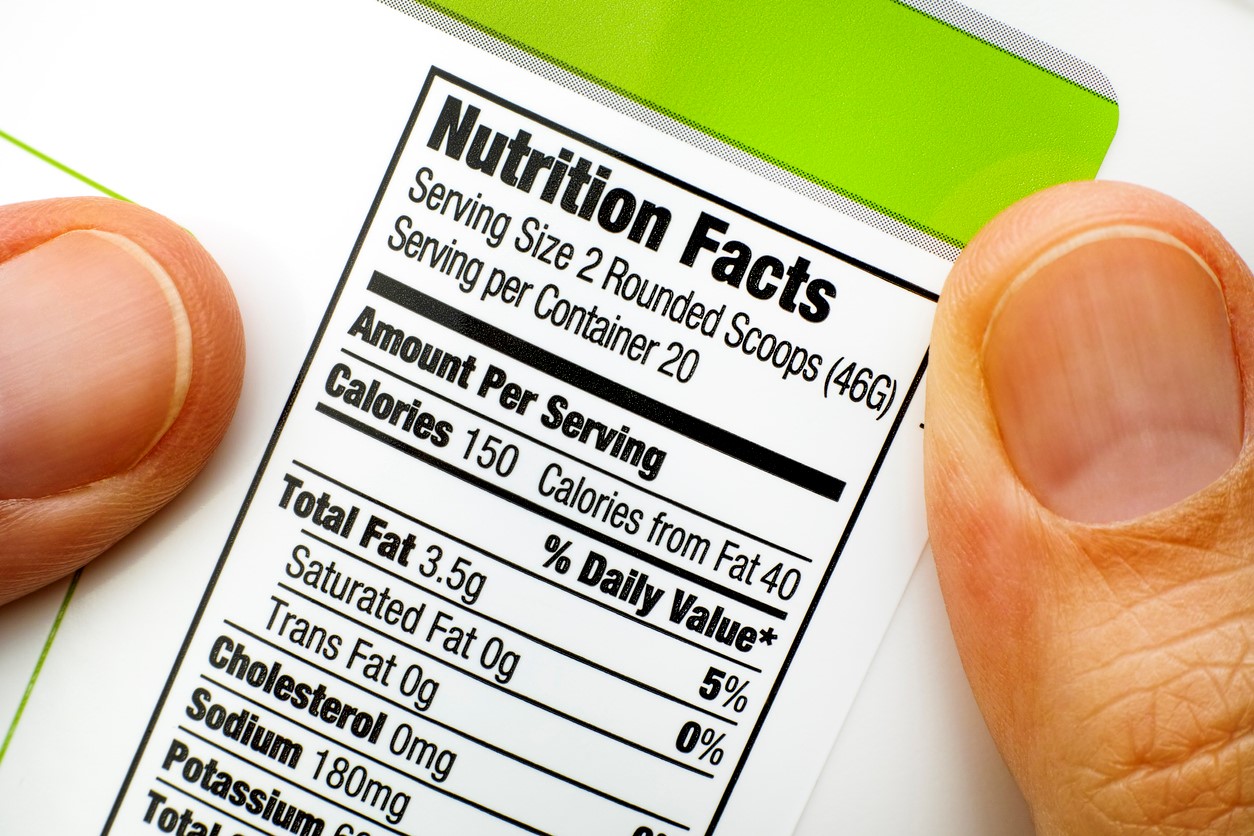

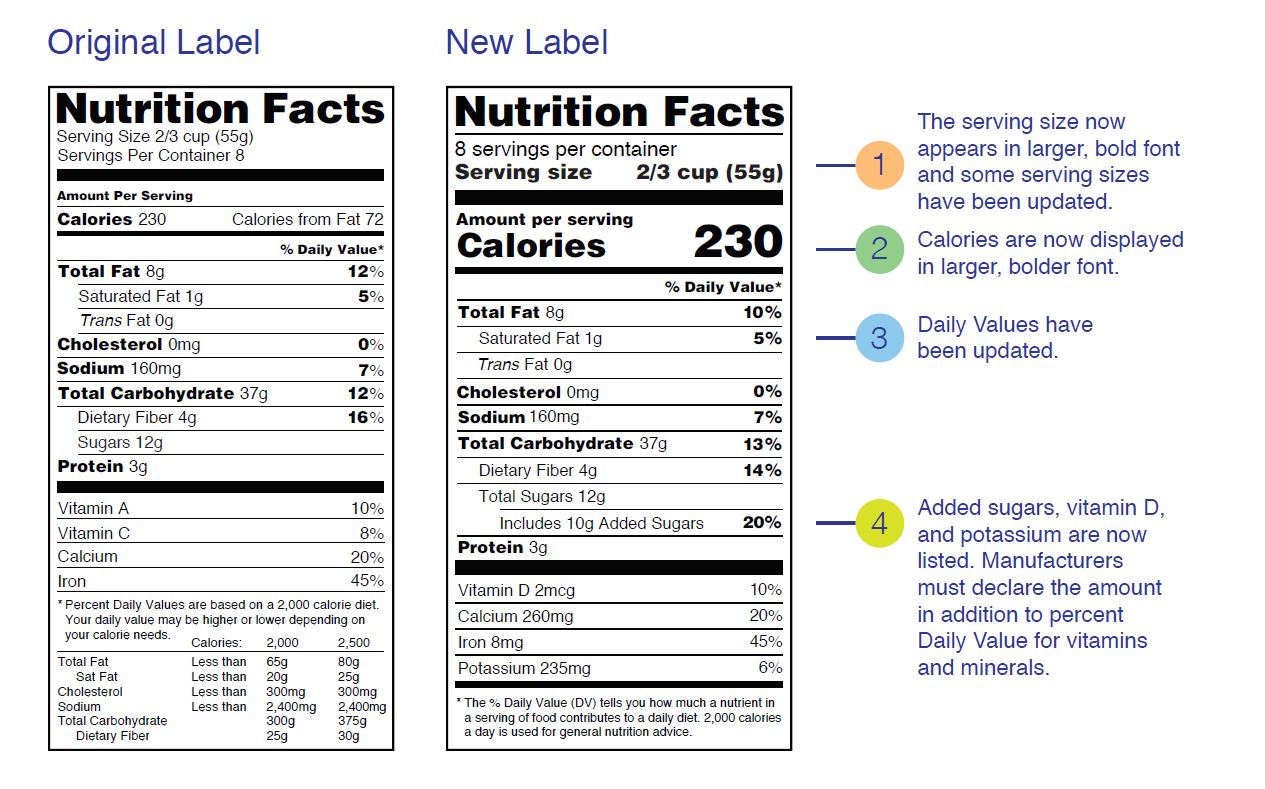

Post a Comment for "44 is potassium required on nutrition labels"